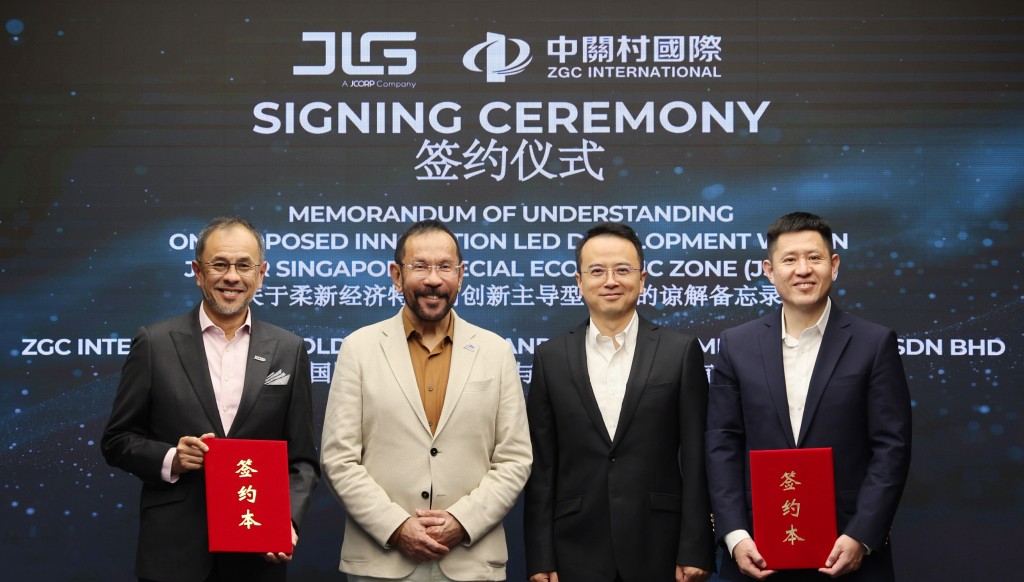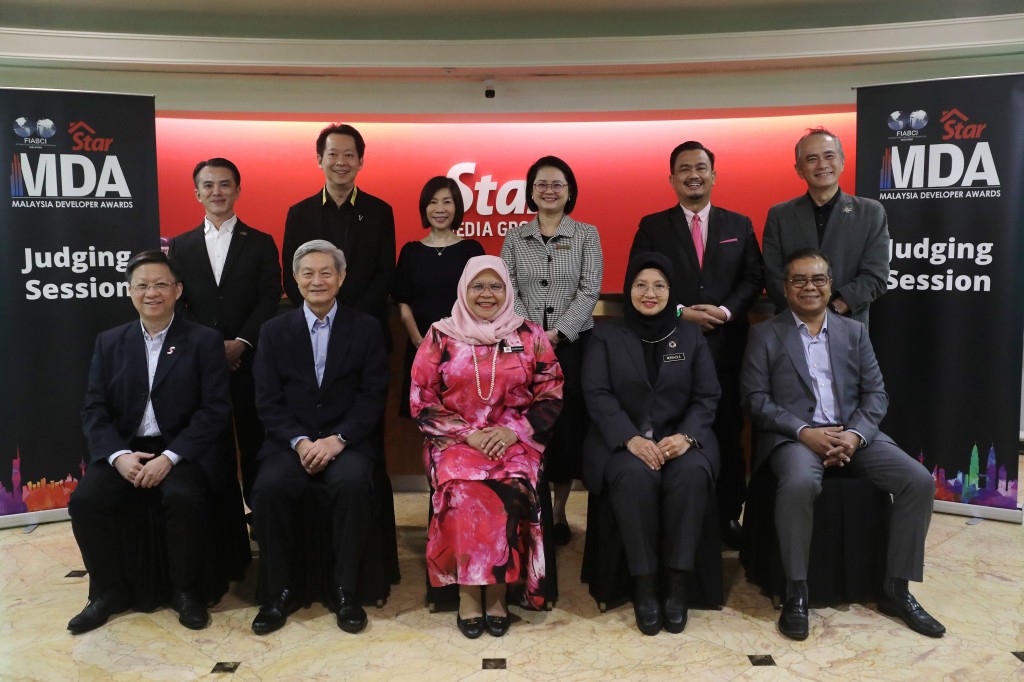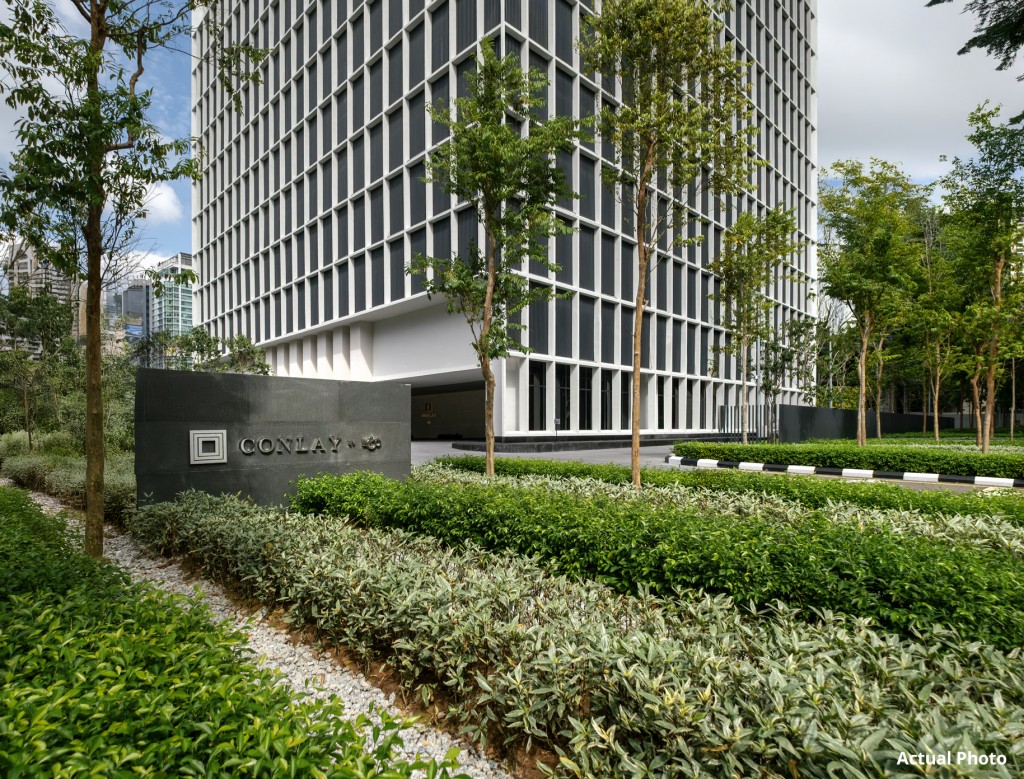
Malaysia may well face economic and financial turbulence if Trump carries out his threat of imposing a 24% reciprocal tariff on all US imports after the 90-day pause. — Bloomberg
Building alliances and reframing discussions with US will get Malaysia through trade restrictions
Contributed by Prof Evelyn S Devadason
According to recent data from the United Nations Economic and Social Commission for Asia and the Pacific (UN ESCAP), Malaysia's total trade exposure to the United States (US) amounts to 2.6% of its gross domestic product (GDP). Of this, 1.7% is attributed to direct effects of tariff restrictions by the US, while 0.9% stems from indirect effects. The indirect impact reflects the transmission of supply chain disruptions through China and the Association of Southeast Asian Nations (Asean).
Beyond these direct and indirect effects, uncertainties surrounding trade policy (trade policy uncertainties) pose an even greater potential risk. These include critical questions such as: Will the 90-day suspension be extended? Will tariff exemptions on semiconductors remain in place? Will the rescission of the AI Diffusion Rule provide better access to advanced chips? Will trade restrictions broaden to include services and digital trade?
Strategic focus on diversifying trade
Malaysia’s approach to balancing or hedging between the US and China through diversification appears largely reactive and hastily formed in response to recent tariff shocks—such as the 10% baseline tariffs—and the threat of further trade disruptions.
What then should Malaysia focus on to build a resilient and diversified trade network? Diversification and the pursuit of new trade agreements are vital; they should not come at the expense of forging deeper strategic partnerships. Priority should be placed on building long-term, reciprocal alliances with like-minded countries, particularly in high-value sectors, such as advanced manufacturing and artificial intelligence (AI), with a focus on critical applications like healthcare.
Initiatives, such as the Johor-Singapore Special Economic Zone (JS-SEZ), offer a strategic mechanism to attract cross-border investment and stimulate trade flows. Given the complexity and time required to align broader regional strategies, such sub-regional initiatives can provide more immediate, tangible benefits. Reinforcing concentric circles of economic cooperation at the domestic level plays an important complementary role to regional efforts in trade diversification.
However, the success of the JS-SEZ will depend heavily on the ability of both countries to address current obstacles, including regulatory misalignment in areas like data sovereignty, cybersecurity and compliance as well as infrastructure and talent mobility constraints.
Regulatory distance in data governance can indeed be a greater dealbreaker for investment than misalignment in goods trade, as seamless data flows are fundamental to the functioning of modern supply chains. Without greater regulatory interoperability, especially in the digital domain, the zone may struggle to meet its ambitions of attracting high-tech and digital-sector investments. Equally critical to the zone’s development are enabling factors such as robust cybersecurity infrastructure and a skilled digital workforce, both of which remain limited, particularly in Malaysia.
That said, it is still too early to predict with confidence whether the JS-SEZ will become a standout sub-regional—or more accurately, bilateral—success, an underutilised initiative or something in between. The more likely outcome is a mixed one: Steady progress in physical trade facilitation but slower advancement in regulatory harmonisation and digital governance.
Deepening regional partnerships
At the same time, renewed attention must be paid to strengthening intra-Asean trade. A key challenge lies in addressing the substantial trade costs driven by tariffs, non-tariff measures (including the conformity assessment procedures) and non-tariff barriers, which continue to inhibit the full realization of trade potentials within the region. Recent data from ESCAP and the World Bank emphasise the issue: trading goods between Malaysia and Cambodia involves an average cost premium of 91% over equivalent domestic trade, while the lowest such cost in the region—between Malaysia and Vietnam—is 32%. This stark disparity highlights the urgent need for meaningful reform to narrow the regulatory distance and facilitate intra-regional trade.
To maximise their impact, free trade agreements (FTAs) must also evolve beyond trade cost reductions. The most effective FTAs today are those that include strong, forward-looking commitments and broaden their scope to cover critical areas, such as environmental sustainability, labour standards and digital trade. In this context, the upgrading of Asean+1 agreements—such as the Asean-China FTA (ACFTA 3.0) and the Asean-India Trade in Goods Agreement (AITIGA)—is both timely and necessary. Notably, the Asean-India FTA currently offers the weakest market access commitments and suffers from the lowest utilisation rate among Asean’s external agreements.
Moreover, the evaluation of both existing and new trade agreements—whether bilateral or Asean-led—should be based not only on expanded market access but also on the extent to which they support coherence between trade and industrial policies. This alignment is crucial, as (time unconstrained) industrial policies with cross-border spillovers, particularly those that restrict competition or hinder technology diffusion, often result in trade distortions that undermine long-term economic integration.
Reconfiguring trade dynamics with US
In negotiating the bilateral package with the US, Malaysia should strategically reframe discussions to constructively address two of the four key US demands, namely, reducing trade imbalances and increasing investment in American industries.
First, Malaysia should seek to reshape the prevailing narrative around trade deficits by emphasising the often-overlooked contribution of (intermediate) services embedded within manufactured exports. This includes drawing attention to the broader economic risks associated with any contraction in goods trade. To substantiate this position, Malaysia must strengthen its analytical capacity to trace and quantify the value and origin—both US and non-US—of intermediate services. This encompasses a wide range of "other business services" (OBS), such as professional and management consulting, R&D, technical and engineering services, legal support and advertising.
Second, while the US continues to press Malaysia to increase outward investment into strategic sectors of the American economy, Malaysia should leverage the conversation to advocate for greater US investment in its own economy. Inward investment from the US is vital not only for expanding American participation in Malaysia’s OBS sector but also for reinforcing collaboration in critical supply chains—particularly those involving strategic industries like critical minerals and advanced manufacturing.

Evelyn S Devadason is a professor at the Faculty of Business and Economics, University Malaya and vice-president of the Malaysian Economic Association.
Stay ahead of the crowd and enjoy fresh insights on real estate, property development and lifestyle trends when you subscribe to our newsletter and follow us on social media.















































